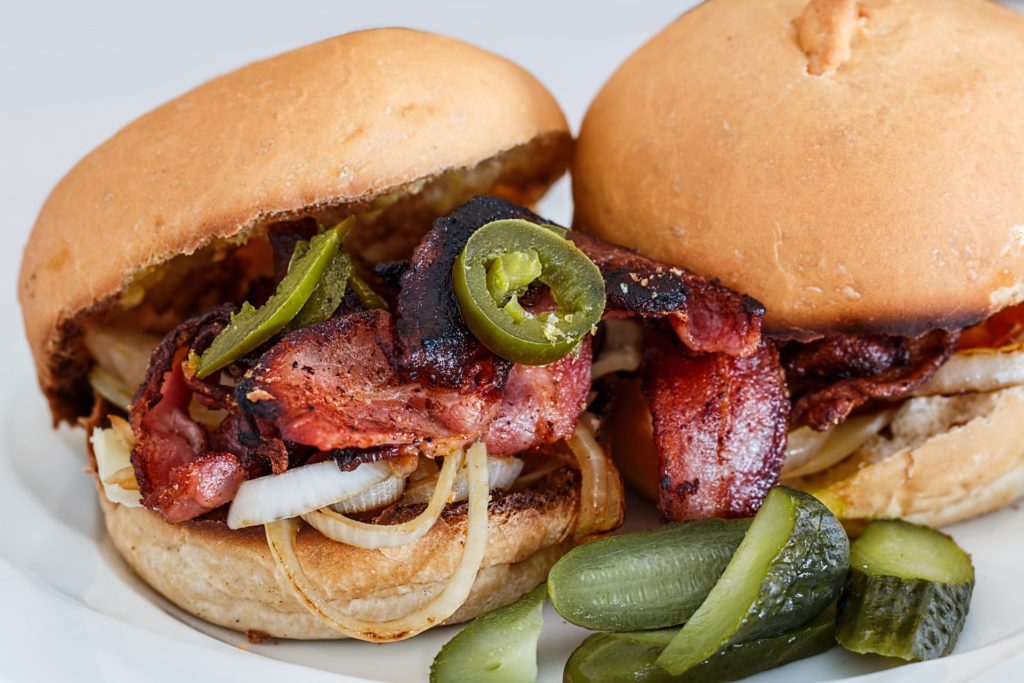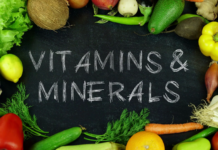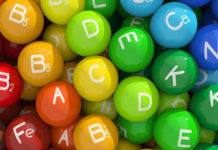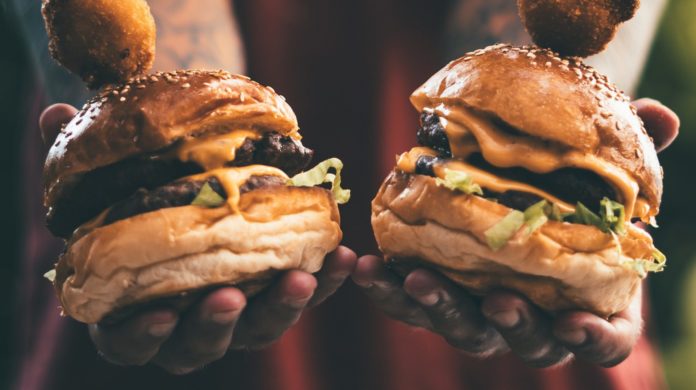Junk food is a pejorative term, dating back at least to the 1950’s, describing food that is high in calories from sugar or fat, with little dietary fiber, protein, vitamins or minerals. It can also refer to high protein food like meat prepared with saturated fat. The term HFSS (High in Fat, Salt or Sugar) foods is used synonymously.
It’s the 21st century and “junk food” has gone global. For better or for worse (mostly worse), junk food is now available all over the world. We see it most everywhere we go — in grocery and convenience stores, fast-food restaurants, on television — usually looking very appealing. But just what are the facts about junk food?
“Junk food” generally refers to foods that contribute lots of calories but little nutritional value. Of course, what’s considered “junk food” depends on whom you ask. Some might say pizza is junk food, for example. While pizza contributes real food with nutrients, like cheese and tomato sauce, the way it’s cooked, the ingredients that go into making it, the type of toppings and the type of flour that is used for the crust can make a difference on it being junk food or not.

One problem with junk foods is that they’re low in satiation value — that is, people don’t tend to feel as full when they eat them — which usually leads to overeating. Another problem is that junk food tends to replace other, more nutritious foods. When people drink lots of soda, for example, they are usually not getting plenty of other liquids into their system, like water or other healthful beverages like healthy tea or or organic orange juice. When they’re snacking on chips and cookies, they’re usually too full or satisfied in their eating to think of fruits and vegetables.
Only put “Real” Food into your Body… that is all I am asking of you
© Copyright – Hector Sectzer

















